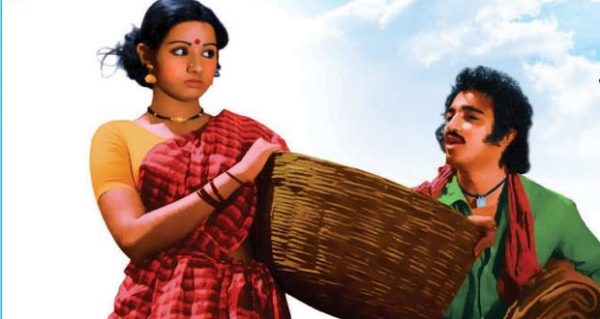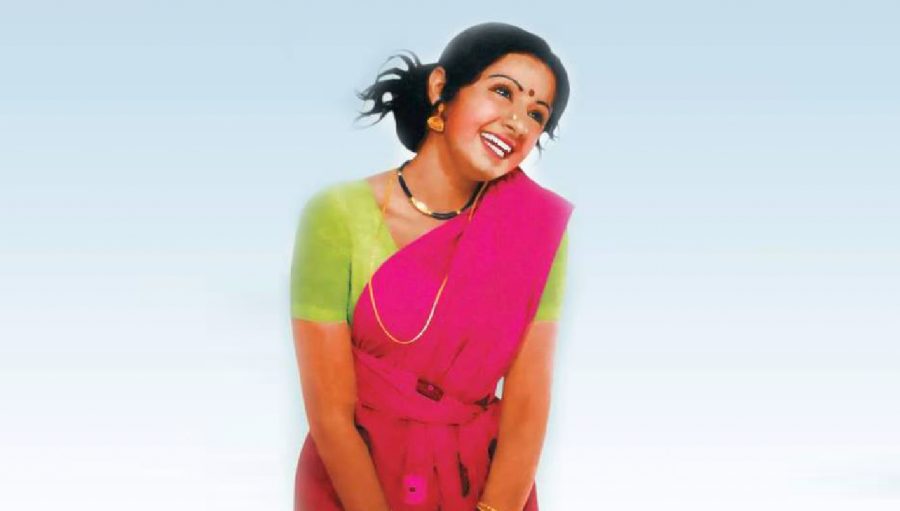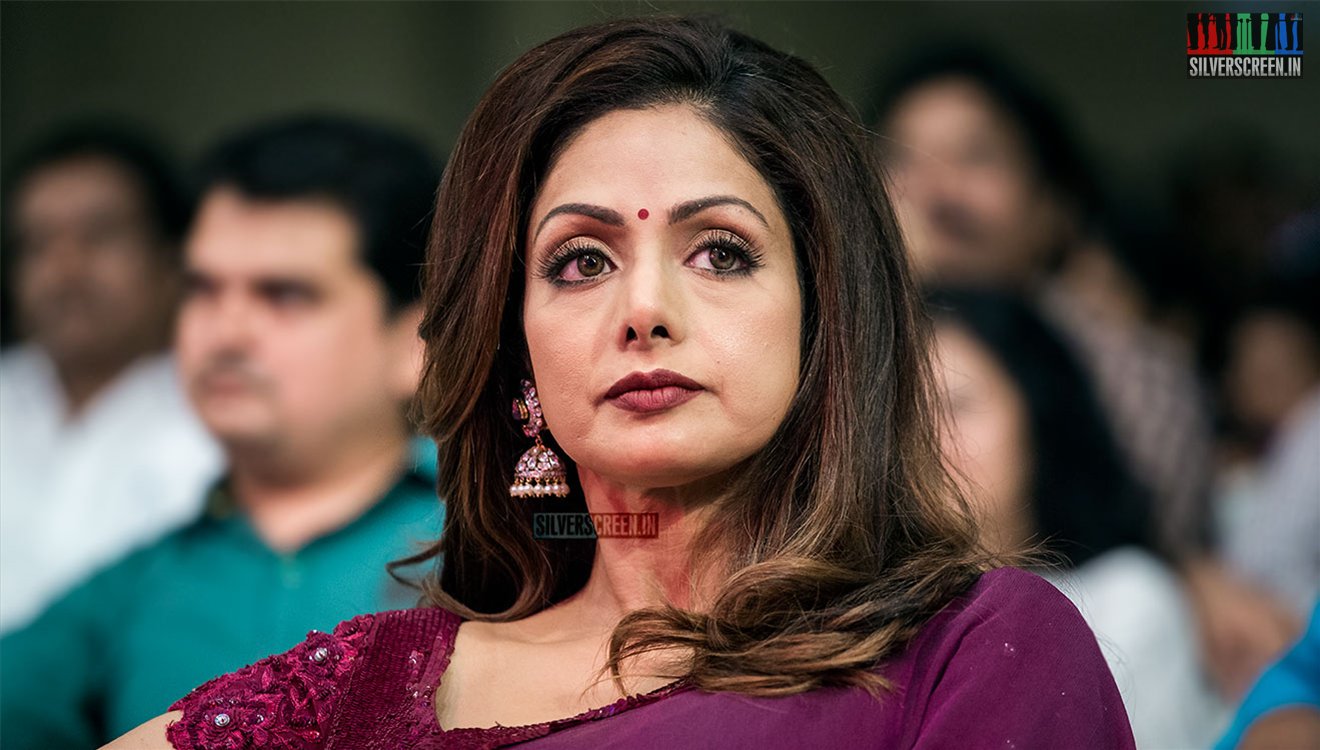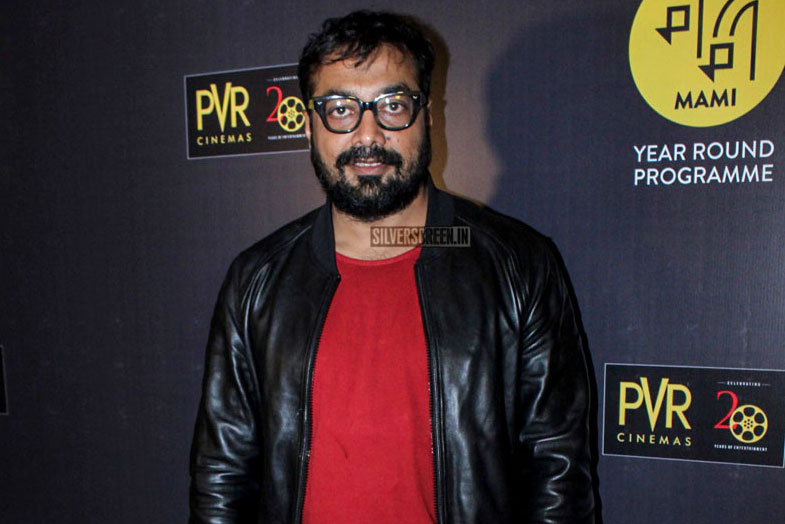India woke up on Sunday with news of the shocking demise of actress Sridevi, 54, who made a mark in Hindi and the Southern film industries. Before she became a Bollywood star, she was already considered a powerhouse performer in South India. We revisit this story on Bharathirajaa’s memorable film 16 Vayathiniley, starring Sridevi, Rajinikanth, Kamal Haasan.
At the time of its release, 16 Vayathinile was a controversial film. An older friend remembers the film’s content being discussed in hushed, scandalous little conversations in the corners of his school room.
But perhaps, the most interesting and startling thing about this film is the way it took Tamil cinema outdoors.
Essentially, 16 Vayathinile is a coming-of-age tale about a headstrong young woman. Desperate to leave behind her thatched roof house and the confines of her village, she falls in love with the village doctor, drawn in by his apparent sophistication. What follows is a cautionary tale of sorts. What the young woman thinks she wants is not what she needs, Bharathiraja seems to hint.
Sridevi, then all of 14-15 years old, is luminous as the young Mayilu, brimming with youth and vitality. Her love for Sathyajith manifests itself in physical ways as well, a bold move on part of Bharathiraja, who made his directorial debut with the film. Initially, Mayilu is taken in by Sathyajith’s advances, but, as it continues, she is caught in between the morals she was raised with, and the desire she has for the doctor.
The scene is set up in such a way that the audience begins to distrust Sathyajith. But, the real win here is the way Bharathiraja subtly explores the sexuality of a young woman. Till then, women had been portrayed onscreen as mothers, lovers and friends. The ones who allowed their passion and desire to show through were labelled ‘evil’ and ‘bad’. But, with 16 Vayathinile, Bharathiraja broke that norm, even though it was not something he set out to do.
In an interview with Silverscreen, he said that he initially imagined the scene as a ‘game changer’. “Till then, Sathyajith is viewed with mild suspicion by everybody in the village. He is from a different place and subscribes to a different set of rules. In many ways, he is a foreigner to the land. The scene in which he assaults Mayilu only increases the audience’s distrust of this man. He may be a saviour in his profession, but that doesn’t make him a protector in real life as well.”
Mayilu, on the other hand, is the sort of woman-child for whom physical desire is a natural extension of her love and affection. “So while she does not resist his initial advances, she is carried away by his touch. Only a little later, reality intrudes. This is how it usually is. You are carried away and only much later, does common sense return.”
 According to Wikipedia, Kamal Haasan was paid a cool Rs 30,000 for his role in the film. In comparison, Rajinikanth, who plays the villain Parattai (and is now the celebrated Superstar!) was paid Rs 2500.
According to Wikipedia, Kamal Haasan was paid a cool Rs 30,000 for his role in the film. In comparison, Rajinikanth, who plays the villain Parattai (and is now the celebrated Superstar!) was paid Rs 2500.
Bharathiraja says, “Rajini was not established then. So yes, he was paid less. But, the exact salary details I don’t know. You’ll have to ask them.”
Kamal’s Chappani aka Gopalakrishnan is rather simple-minded. He is driven by his wild infatuation with Mayilu, and devotes himself to her. His appearance and traits make him unattractive to Mayilu, and initially serves as an interesting contrast to Sathyajith.
That too, was deliberate, Bharathiraja says. “Often, women and men look at physical perfection as a sign of goodness. If he looks good then he must be good. This is something I exploited in Sigappu Rojakkal as well. Perceptions are not always true. A shiny red apple could very well be rotten inside.”
The decision to shame Mayilu for her indiscretion with the doctor, is troubling. “But that’s the way it is in society. Even now, in urban areas, the middle class views young women and men with suspicion. It is masked, but it is present. In the villages, it is just more obvious. In 16 Vayathinile, the shaming of Mayilu is a natural consequence of Parattai’s gossip-mongering. He spreads rumours about her relationship. His intention is to attain her in any way possible.”
Recommended
Parattai is denied that opportunity to the very end. Bharathiraja portrays him as a man’s man, virile, strong and unafraid about going down slippery paths to get what he wants. Meanwhile, Chappani is shown as weak, spineless – certainly not the ideals held up as ‘masculine’ by society.
In a way, 16 Vayathinile can also be perceived as an interesting exploration of the many ways we engage with society. Our views and thoughts are shaped by stereotypes – to a large extent – and this ultimately determines the way we react to others. We love, we hate. We talk, we don’t. We blow hot and cold. Bharathiraja wove all these attributes in to a film that was way ahead of its time.
*****
This story was originally published on September 18, 2017.



